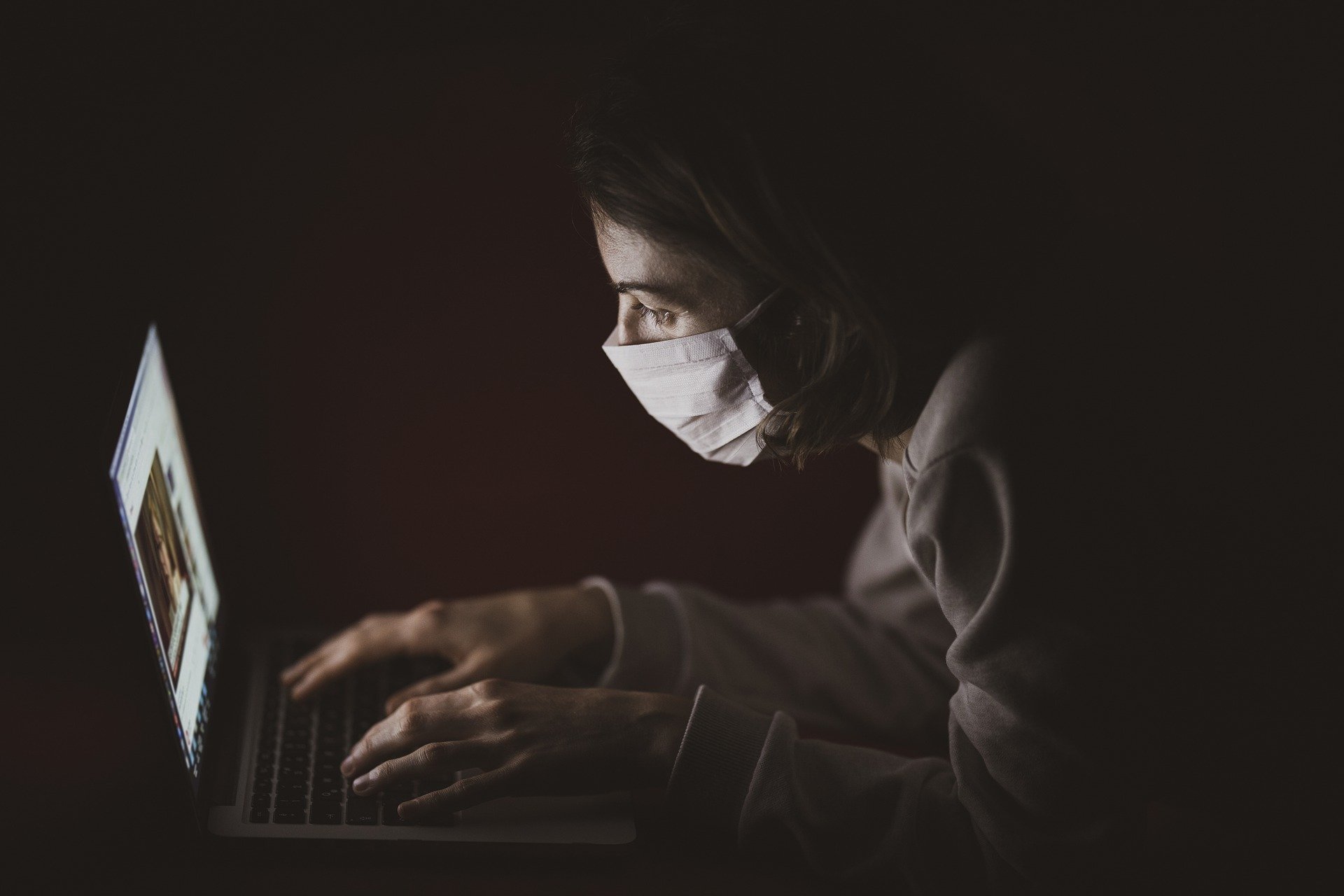The 9 Best COVID-19 Prevention Strategies
Yale Medicine physicians review the best ways to prevent COVID-19 infection.
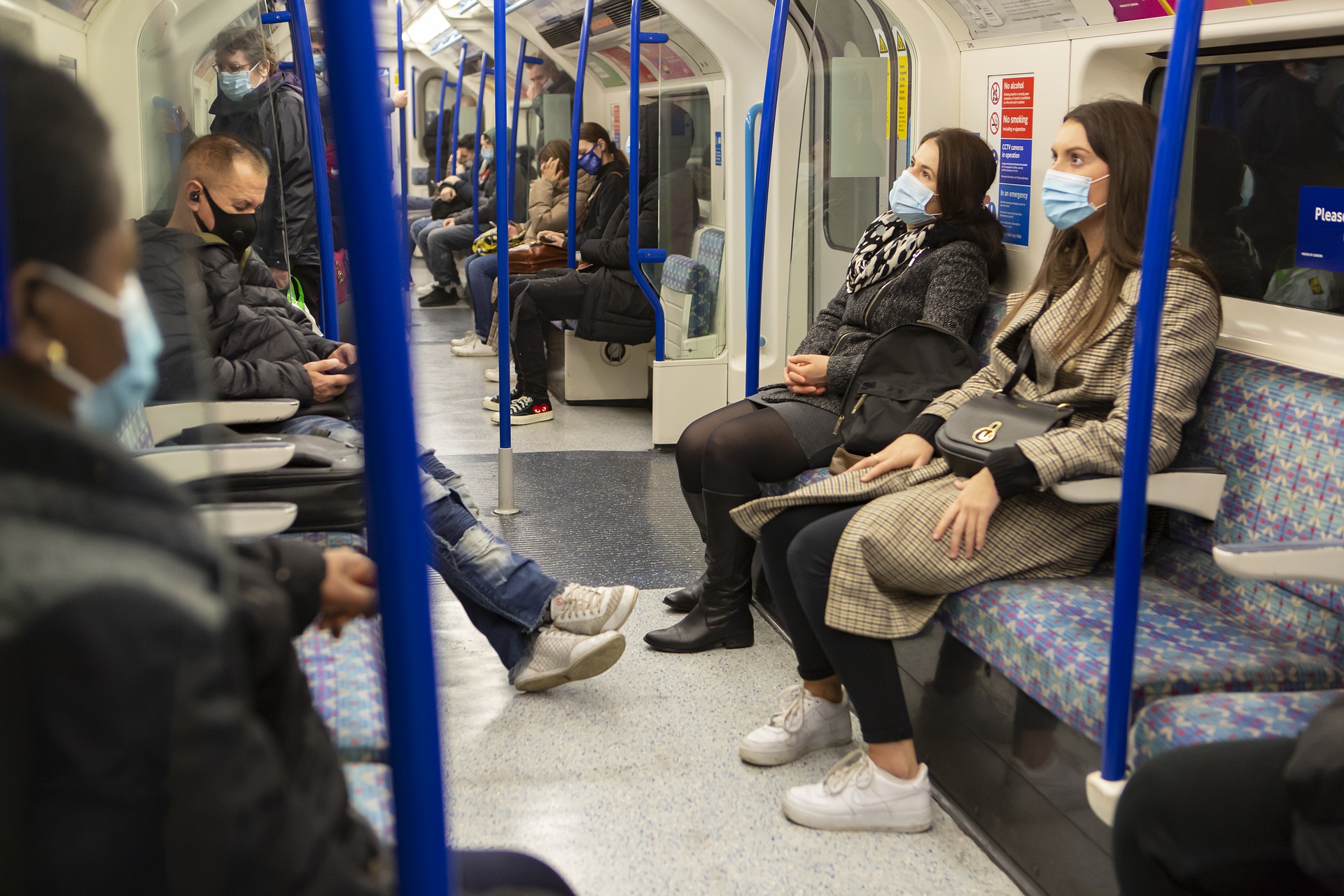
Yale Medicine physicians review the best ways to prevent COVID-19 infection.

Wearing a mask that covers your mouth and nose can prevent those who have COVID-19 from spreading the virus to others. Recent evidence suggests that masks may even benefit the wearer, offering some level of protection against infections.
The Centers for Disease Control and Prevention (CDC) recommends that everyone age 2 years and older wear masks in public settings and around people who don’t live in the same household—when you can’t stay 6 feet apart from others.
Masks should be made of two or more layers of washable, breathable fabric and fit snugly on your face. “A quick and easy test is to hold your mask up to the light. If light passes through, it’s too thin,” Dr. Meyer says. “Masks only work when they cover the nose and mouth because that is where infected droplets are expelled and because the virus infects people through the mucous membranes in their nose and throat.”
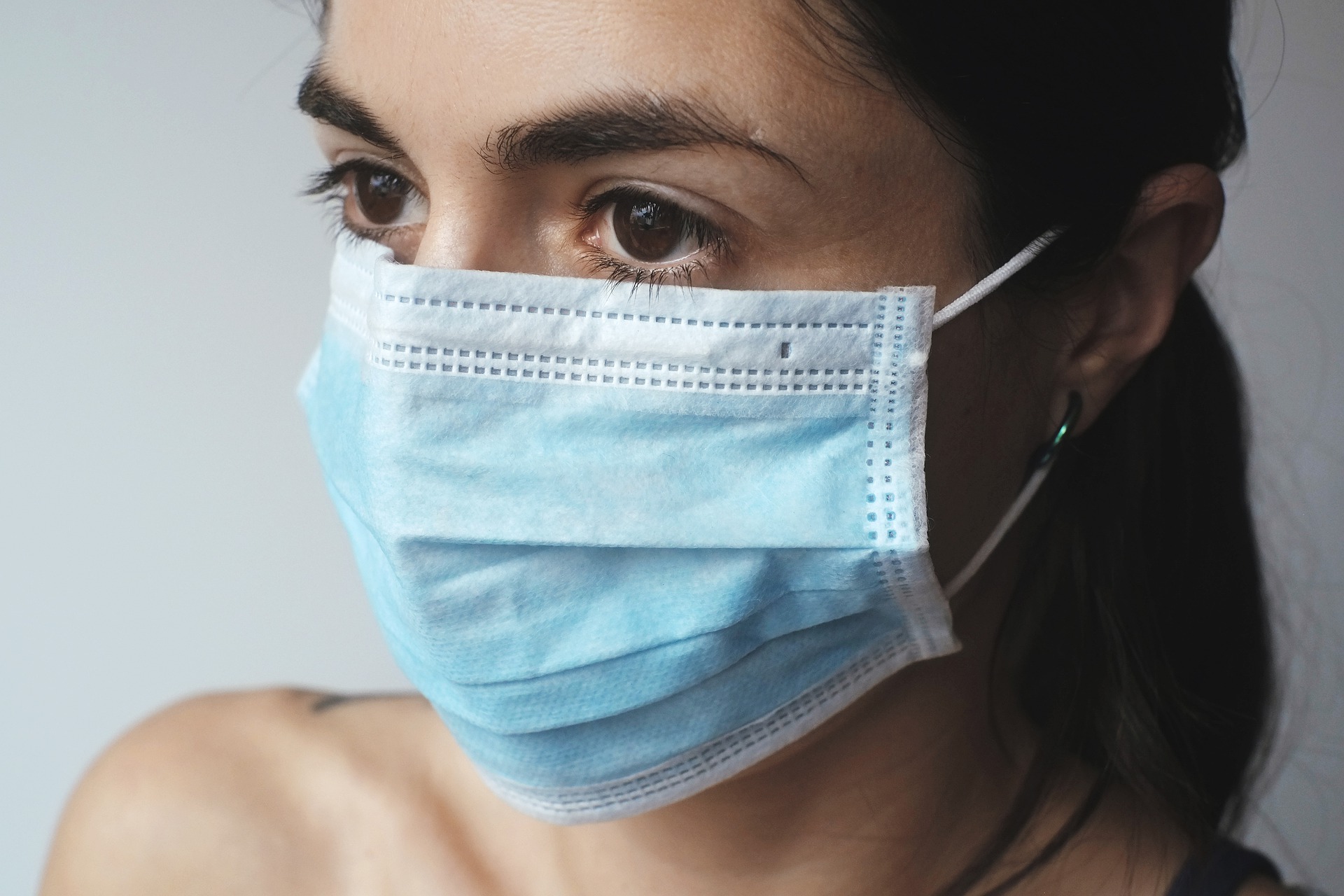
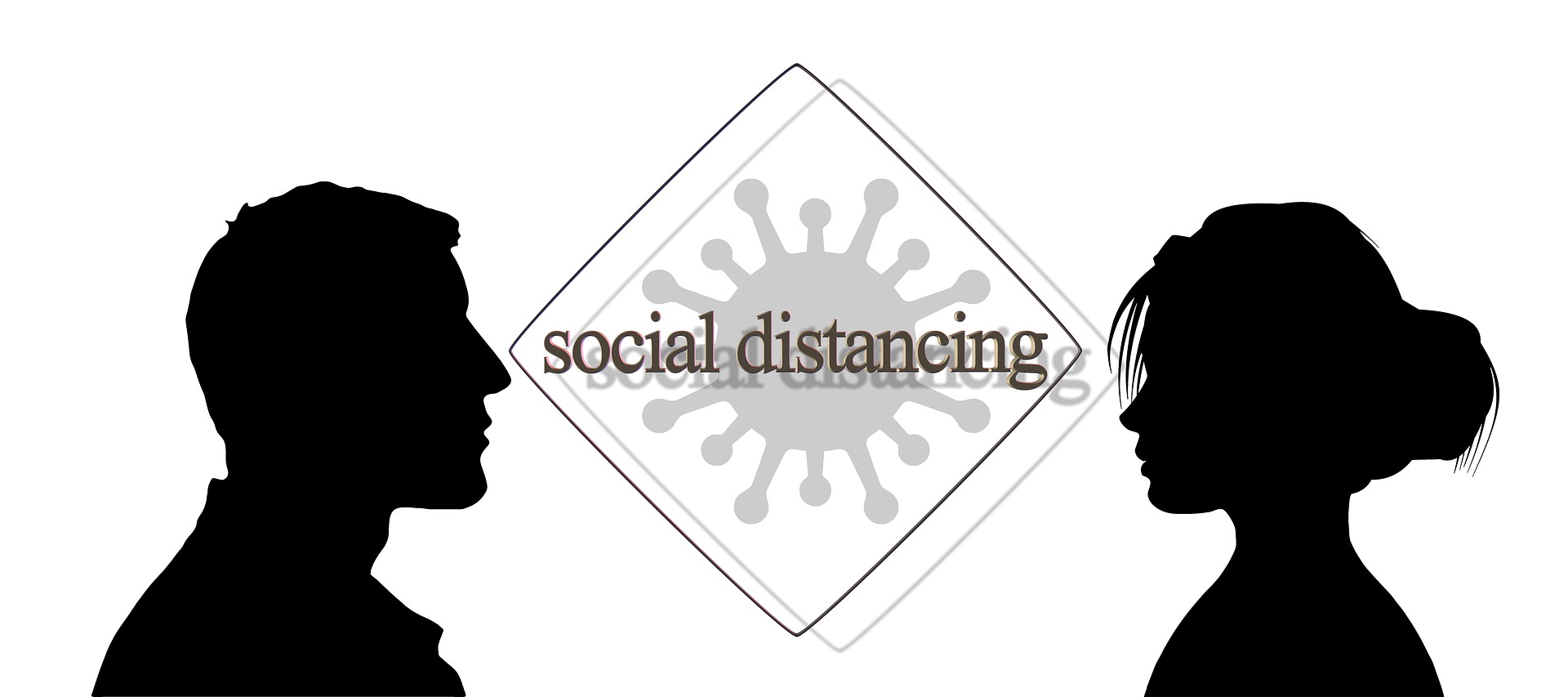
COVID-19 spreads mainly among people who are within 6 feet of one another (about two arms’ length) for a prolonged period (at least 15 minutes). Virus transmission can occur when an infected person coughs, sneezes, or talks, which releases droplets from the mouth or nose into the air.
People can be asymptomatic and spread the virus without knowing that they are sick, which makes it especially important to remain 6 feet away from others, whether you are inside or outside. Plus, the more people you interact with at a gathering and the longer time you spend interacting with each, the higher your risk of becoming infected with the virus by someone who has it.
If you are attending an event or gathering of some kind, it’s also important to be aware of the level of community transmission. One method of estimating how high the risk may be is referred to as R0
You should wash your hands for at least 20 seconds and lather the back of your hands and scrub between all fingers, under all fingernails, and reach up to the wrist, the CDC advises. After washing, dry them completely (with an air dryer or paper towel) and avoid touching the sink, faucet, door handles, or other objects. If no soap is available, use a hand sanitizer with at least 60% alcohol content, and rub the sanitizer on your hands until they are dry.
Though the CDC states that the primary way the virus spreads is through close person-to-person contact, it may be possible to become infected with COVID-19 by touching a surface or object that has the virus on it and then touching your own mouth, nose, or eyes.
Therefore, you should also wash your hands after touching anything that may have been contaminated—such as a banister or door handle in a public place—and before you touch your face.
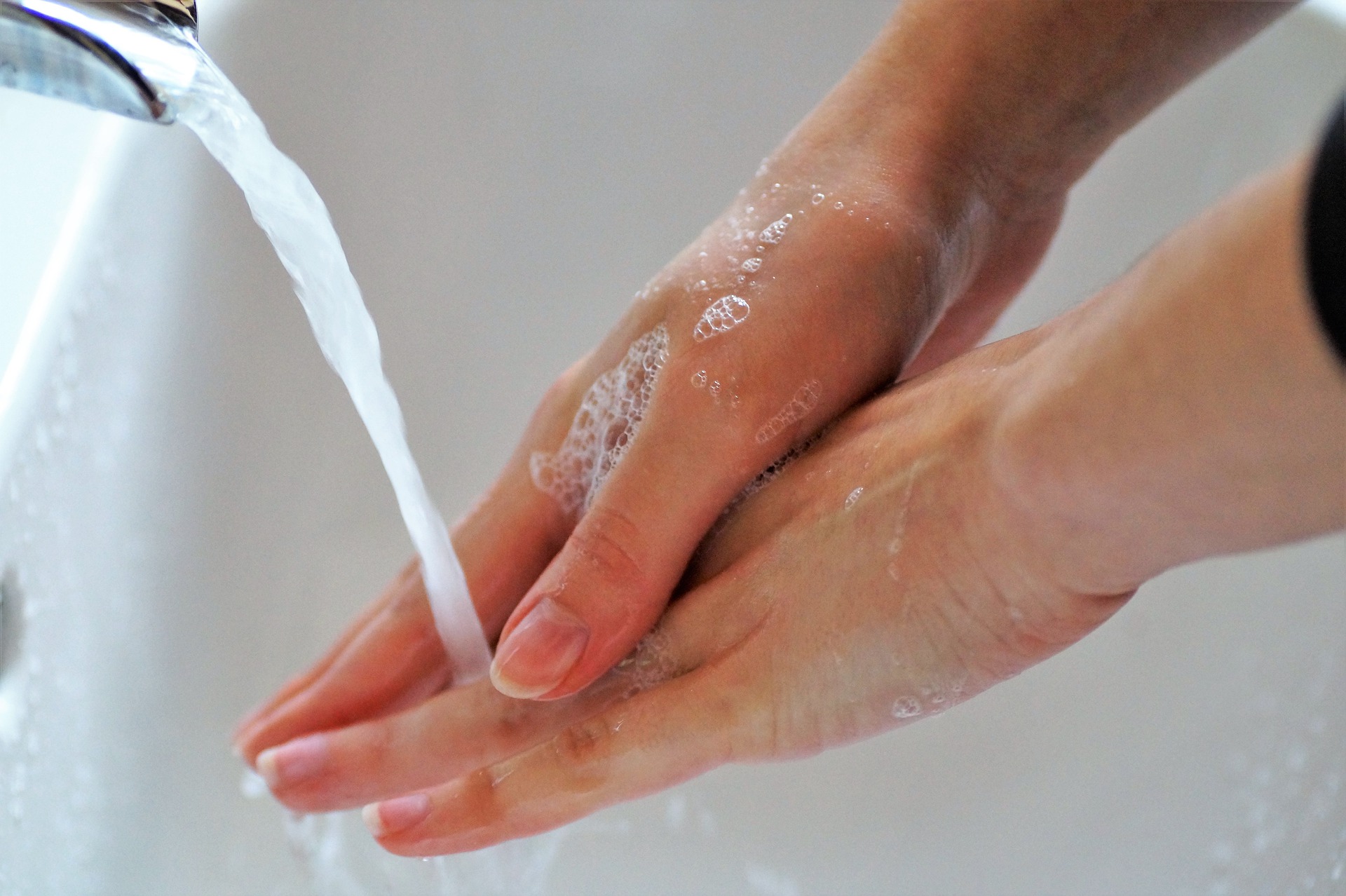
Fall and winter also bring holidays, when many families get together. This can be especially tricky for those of us who live in parts of the country where it will no longer be easy to gather outside. “After months apart during this pandemic, families may be less willing to do a group Zoom call,” says Dr. Meyer. “This may be a year where we need to get creative and rethink how to celebrate together.”
That may simply mean more planning for the holidays, Dr. Meyer says. “Consider quarantining for 14 days prior to the event and/or having everyone get tested for COVID-19 if tests are available in your community,” she suggests. “If possible, limit gatherings to as few people as possible—perhaps just immediate family and close friends. When it is not possible to be outside, encourage your guests to wear masks indoors. Consider spreading out food and eating areas so people are distanced while eating with their masks down.”
Remember that your elderly family members and those with other medical conditions are most vulnerable to COVID-19, so take extra measures to protect them, says Dr. Meyer.
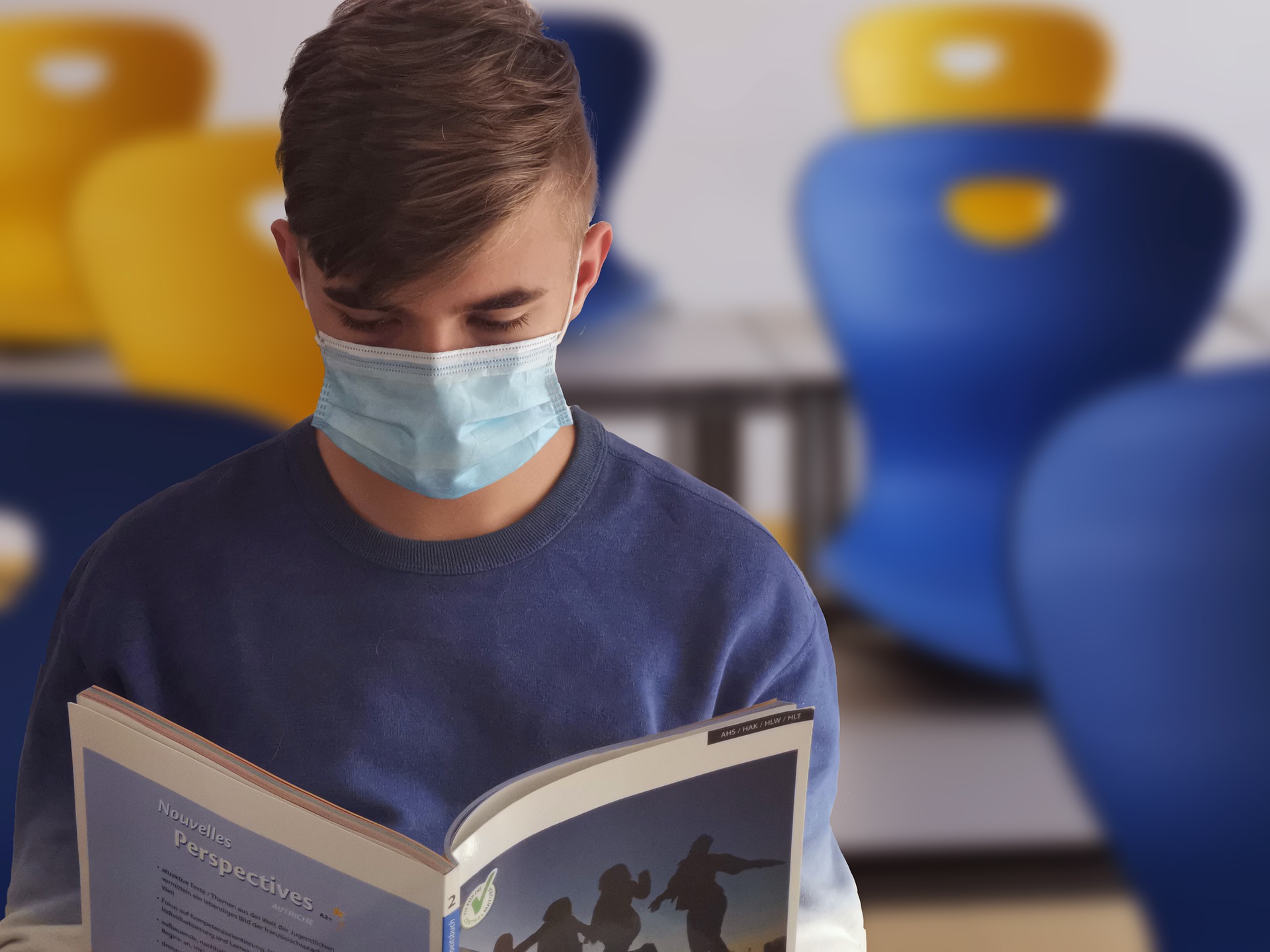
The study did not distinguish between indoor or outdoor dining, or consider adherence to social distancing and mask use. (Those with COVID-19 infections were more likely to report having dined out at places where few other people were wearing masks or socially distancing.)
“If you are meeting with others at a restaurant and sharing tables while eating, which does not allow for appropriate social distancing and mask use, it provides opportunities for the virus to spread from person to person,” Dr. Ogbuagu notes. “The probability of spreading infection is higher with each additional person you are in contact with, especially when people congregate.”
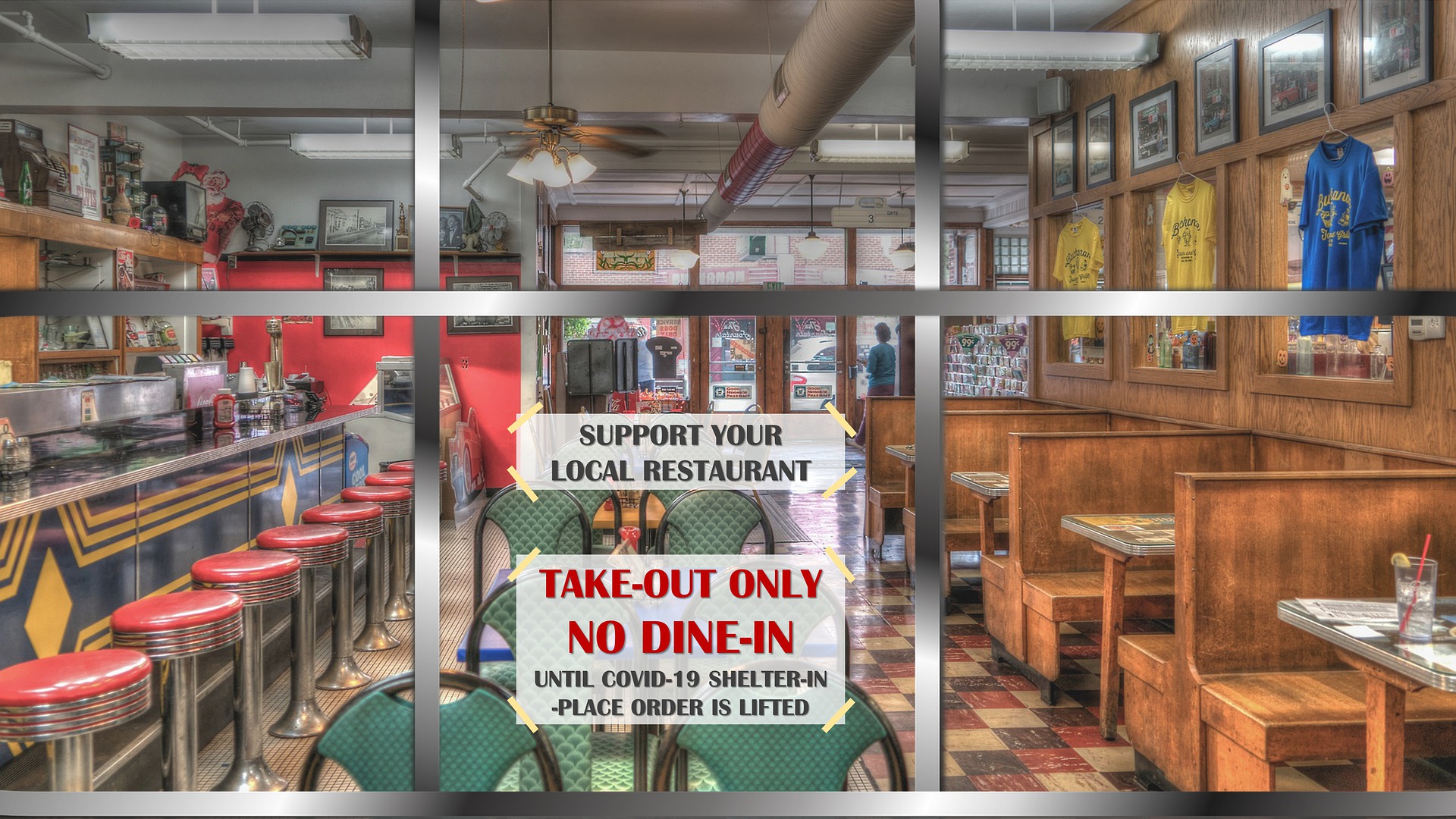
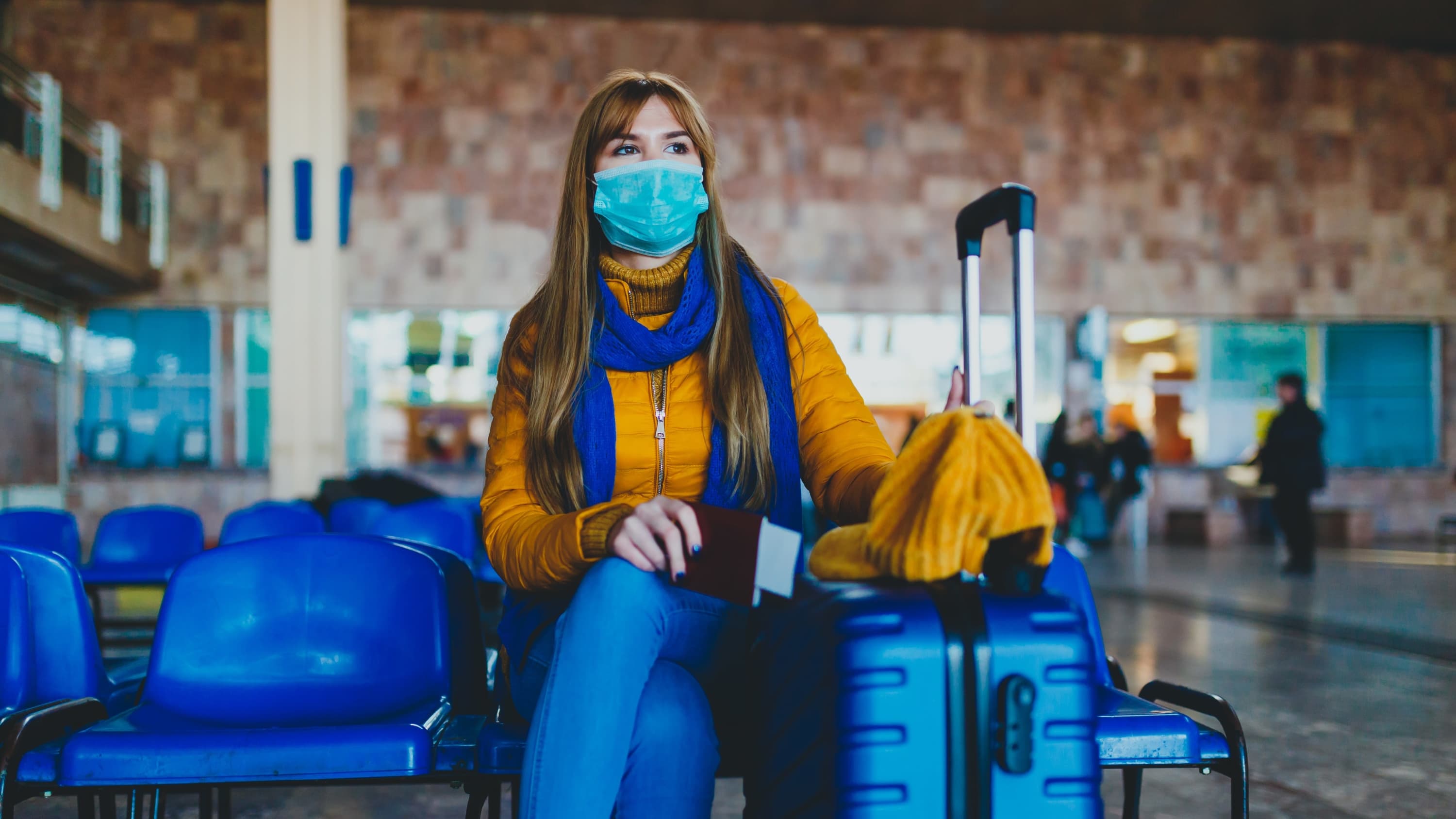
While you should avoid traveling if you can—as the CDC says staying home is the best way to avoid COVID-19—sometimes, it is necessary. But before you leave, you can check to see if the virus is spreading at your destination. More cases at your destination increases your risk of contracting the virus and spreading it to others. You can view each state’s weekly number of cases here on the CDC web site.
“Also, don’t forget to check the regulations for quarantining or testing at your destination or for when you return home,” says Dr. Meyer. Whether you are traveling by car, plane, bus, or train, there are precautions you can take along the way. The CDC has a detailed list of recommendations for each mode of transportation that mostly follows the advice listed above of practicing social distancing, wearing a mask, and washing hands, but also includes specific advice for various scenarios.
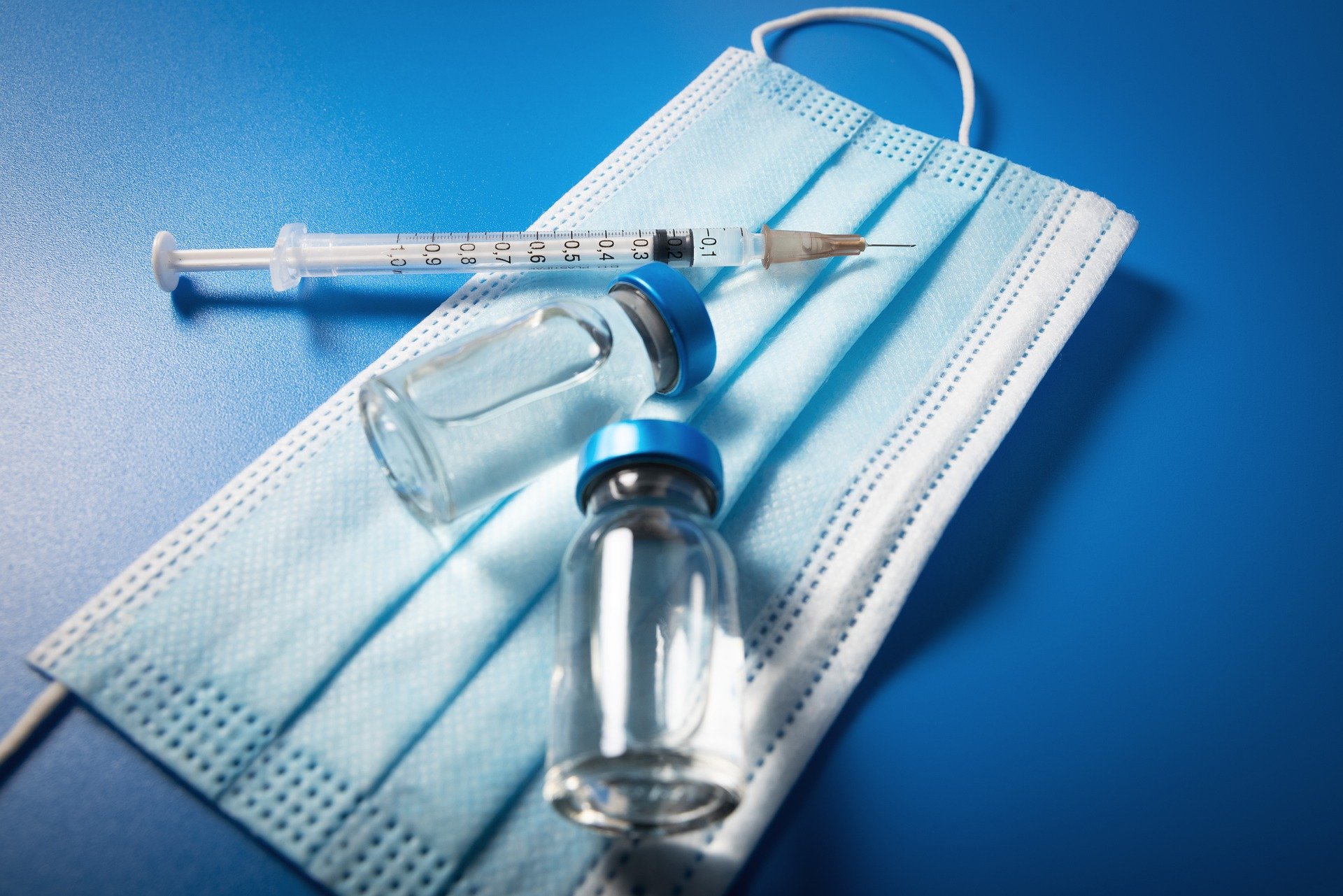
Health officials are concerned about an influx of flu and COVID-19 cases overwhelming hospitals. In the 2018-2019 flu season, 490,600 Americans were hospitalized for the flu, according to the CDC.
Public health experts say this is not the year to skip the flu vaccine. While measures to prevent COVID-19, including mask-wearing, washing hands, and social distancing, can also protect against the flu, the vaccine is especially important—and safe, doctors say.
Though many people claim that the flu shot “gave them the flu,” it is not possible to get infected with the influenza virus from the vaccine itself, Dr. Meyer says. “The vaccine is made up of inactivated virus and is designed to ‘tickle’ the immune system to respond to the real thing when it sees it,” she explains. “The most common side effect from the flu shot is soreness or redness at the site of the injection, which resolves within a day or two.”
The flu vaccine is recommended for everyone 6 months old and up. Talk to your doctor about finding a vaccine near you.
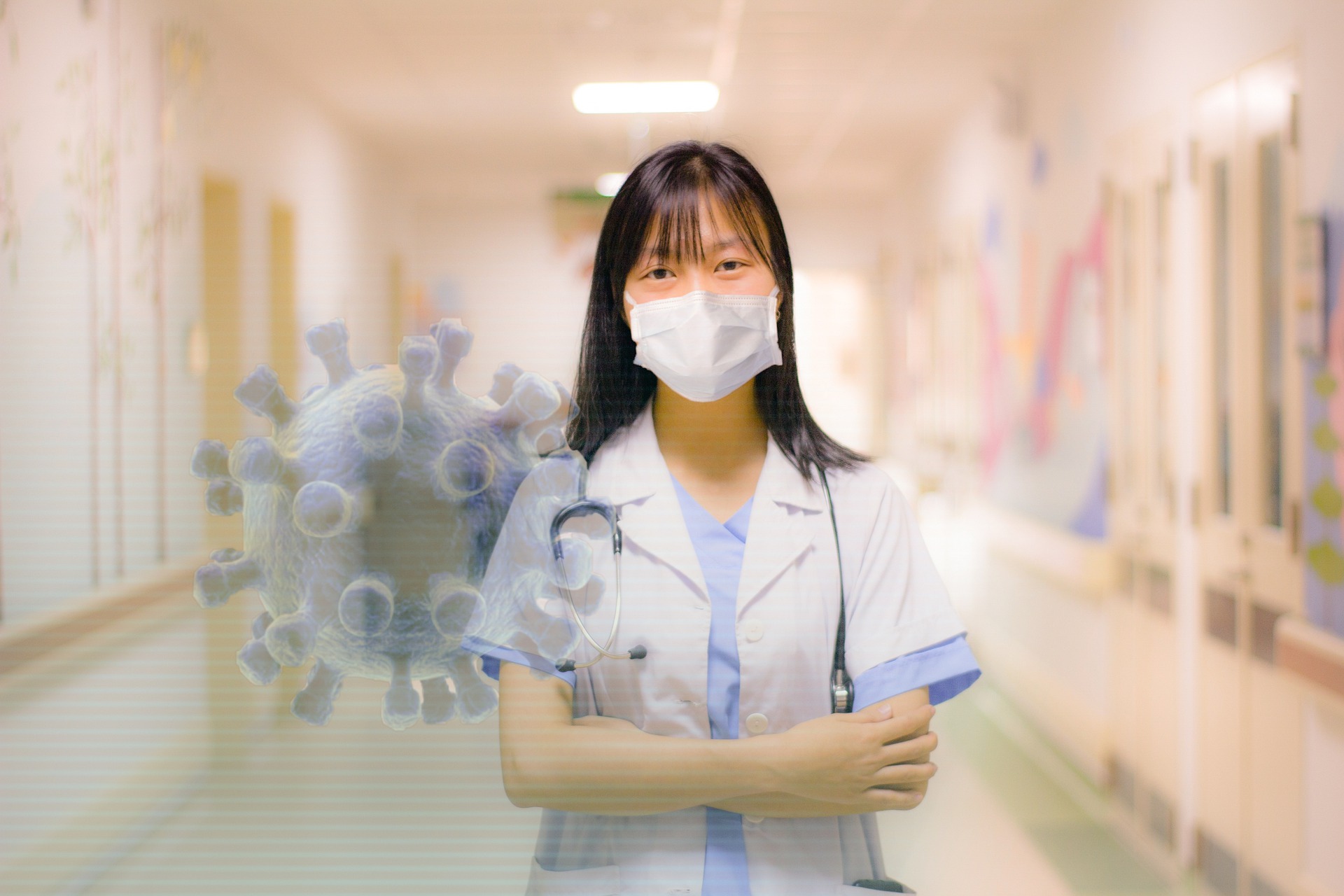
You should continue to seek any routine or emergency medical care or treatments you need. Many health centers and doctors are offering telehealth appointments (via video or phone) and most have protocols to minimize risk of exposure to the coronavirus.
Getting emergency care when you need it is especially important. Earlier in the pandemic, pediatric and adult physicians reported fewer emergency department visits, leading to a concern that patients were avoiding seeking care due to fears of contracting COVID-19.
“As important as it is to continue to engage in care for known medical issues, there is also a concern that people are falling behind on their preventive healthcare, like getting routine procedures including colonoscopies and pap smears, as well as vaccines,” Dr. Meyer says. “Those other health issues don’t go away just because there is a pandemic. Reach out to your primary care doctor if you’re unsure what you are due to receive.”
It is likely that COVID-19 will be with us for a while. “But with good efforts to continue to follow the public health measures to protect each other, and, hopefully, a successful vaccine in the future, there is a light at the end of the tunnel,” Dr. Ogbuagu says.
But even before a safe and effective vaccine is available, COVID-19 is a preventable disease, Dr. Meyer points out. “It just requires all of us to do the hard work of practicing the behaviors—described above—to keep our communities safe and healthy.”
